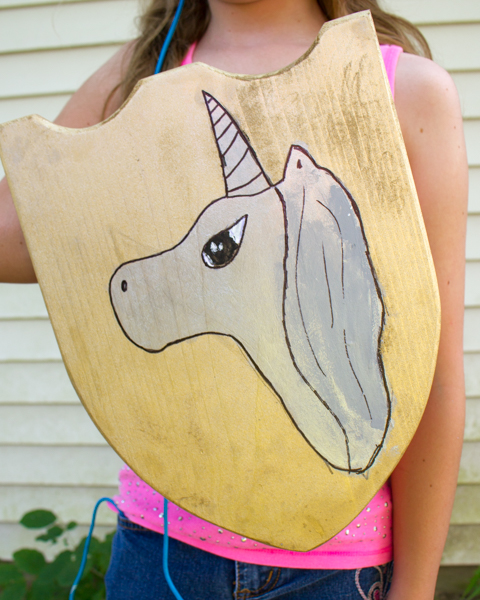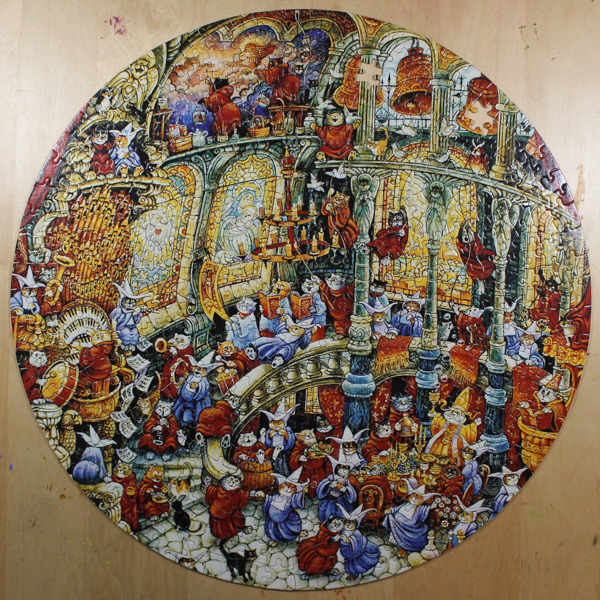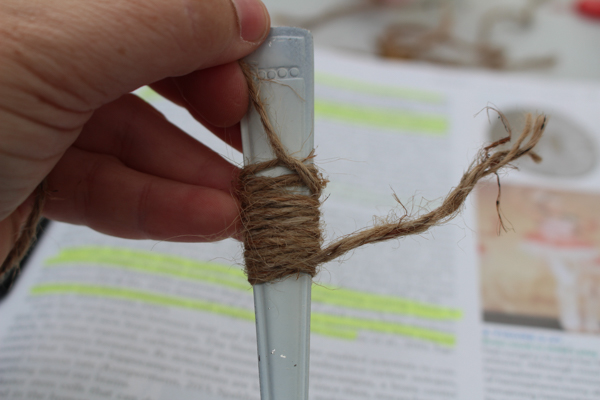.jpg)
I have finally locked down THE foolproof way to make perfect poured candles from any wax type and in any heat-proof container.
The secret weapon is a drill!
Up to now, I'd always been stymied by the process of choosing an appropriately-sized wick for both the wax type and the container dimensions. If your wick is too small, the candle will tunnel, look awful, and eventually just pathetically peter out. If your wick is too large, the candle will burn way too hot, smoke and sputter, and potentially crack the container and set your house on fire.
Neither is ideal.
So, here's the secret: you pour your candle wax into the container of your choosing, just as if you're making the candle, but you DO NOT ADD A WICK.
Let the wax rest for 48 hours, then get a drill and literally drill a hole for the wick directly into the wax. Insert a wick, light it, let the candle burn for an hour, and see how you like it. You can pull the wick out and replace it, drill holes for additional wicks, repour wax over the top of the candle to start over, etc.
There is no way to mess up the entire candle, yay!
I did a lot of wick tests for the poured teacup candles that my Girl Scout troop wanted to make. I wanted a wick size that would work for most sizes of teacups, AND I was really hoping to use the multi-pack of candle wicks that I found at Goodwill for 99 cents, because I'd already spent quite a bit on the beeswax.
Unfortunately, this is what my first wick test looked like:
That's 8 ounces of beeswax, and I don't know what the make and model of the wick is, but clearly it isn't going to be able to keep up with burning through an entire teacup of beeswax.
So I made a couple of changes:
- I gave up on the idea of a 100% beeswax candle in a teacup. Beeswax burns so hot that I decided that it's just not an appropriate candle wax for a teacup candle, which narrows quite dramatically. I couldn't free myself from the intrusive daydreams of some kid's teacup candle getting too hot, exploding into their face, and then setting their house on fire.
- I embraced the idea of multiple wicks! Test burning a wick from the Goodwill pack let me measure the diameter of the melt pool, which makes deciding on the number and placement of additional wicks a lot easier.
Here, then, is the foolproof method that I used to make poured teacup candles with teenagers. This tutorial assumes that you already figured out the melt pool you'll get with the wick and waxes you're using. If you don't know that info, do the thing I wrote about above where you pour a wickless candle, then drill a hole into the cured wax, insert a wick, and test it out. With this specific ratio of beeswax to coconut oil, the wax is actually soft enough that you can ditch the drill and just use a sharp bamboo skewer to make the holes for the wick. It SO quick and easy!
1. Melt 8 ounces of beeswax. I used aluminum cans in a crock pot for this, so that when I did the project with my Girl Scout troop, each kid could be in charge of their own can of wax.
Eight ounces plus the coconut oil, below, was more than most kids needed to fill their teacups, so I had silicon molds on hand that they could pour the excess into. We saved all that awesome wax so we can make more candles someday!
2. Wick the candle. While the beeswax was melting, I showed the kids how to stick the tabbed wicks to the bottoms of their teacups. With this wax blend and the wick size, the melt pool for each wick was 1.5" diameter. I passed out rulers, and the kids figured out for themselves how many wicks they needed to create a full melt pool, and where those wicks should be placed.
Since we'd be lowering the burn temperature of the beeswax by adding coconut oil, this wick placement is a pretty low-stakes judgment call, so I gave advice when asked, but otherwise let the kids consult with each other and/or figure out where they wanted their wicks to go on their own. Candlemaking is overall a heavily adult-monitored activity, thanks to the safety concerns, so it's nice to let the kids make their own decisions whenever possible.
In the future, though, I will explicitly note that the wicks should be no closer than half that burn diameter to the edge of the teacup. What with placing the wicks on their own and then figuring out how to keep them upright while the wax melted, some wicks ended up pretty close to the wall of the teacup. Not the biggest deal, but it will lead to more smoke and soot than if the wick has enough space to burn cleanly.
2. Add 1/4 cup of coconut oil to the melted wax. I chose to figure out a volume measurement for the coconut oil just to make it easier for a group of teenagers to do while all standing around a table. You could also probably measure out and add the coconut oil to the can at the same time as you measure out the beeswax, but I did all the beeswax measuring before my troop arrived so I could start it melting in the crock pot, and I wanted to leave something for the kids to do.
I had the kids use a pot holder to remove their can of melted wax from the crock pot and put it on their own work space, then measure and pour the coconut oil into the melted wax. I gave them popsicle sticks to stir with.
3. Use popsicle sticks or bamboo skewers to prop the wicks in place. Even if the wicks are primed and stiff, they'll collapse as soon as the hot wax melts their own wax coating. It's better to prop the wicks in place before you pour.
4. Pour the melted wax into the teacups. I encouraged the kids to pour a little at a time, hoping to avoid too much wax shrinkage, but I'm not sure if it made a difference. This step was utter chaos! It's VERY exciting to pour candles, and somebody is definitely going to spill, and everybody is going to have trouble with their wicks shifting. The kids find it thrilling, though, so just go with it.
Here's what it looks like when the wax is poured and starting to set:
.jpg)
The wick placement is really good on those candles!
5. Trim the wicks, and let the candles set for 48 hours. For bonus points, save the trimmed wicks to make new candles!
I was VERY worried that the candles wouldn't be solid enough for the kids to take them home that day, but another bonus of adulterating beeswax with coconut oil is that the wax solidified much quicker than 100% beeswax would have.
6. Let the candles burn for at least an hour the first time they're burned. I'm a believer that the first burn is crucial to building a proper melt pool. It probably matters more for some candles than others, but I think that burning a candle for at least an hour that first time gives it a fair shot at establishing a good melt pool.
Here are the candles my kids made, after about an hour of burn time:
You can see the melt pool better with this overhead shot:
The candle on the right is perfect. The middle candle, after a few more burns, did build up to a full melt pool. The candle on the left is still tunneling down that original melt pool, mostly, I think, because the bottom wick is butting up against the wall of the teacup. And here's how it looks to have teacup candles in your life!
Overall, I think this was a decently teenager-friendly project, and I'm satisfied that this is about the most foolproof method around for pouring teacup candles. The kids talked about making candles for holiday presents, so we might revisit this in a few months. Otherwise, I'm thinking that sand candles could be a fun project for a camping trip!
P.S. Want to follow along with my craft projects, books I'm reading, dog-walking mishaps, road trips, and other various adventures on the daily? Find me on my Craft Knife Facebook page!
.jpg)
.jpg)
.jpg)
.jpg)
.jpg)
.jpg)
.jpg)
.jpg)
.jpg)
.jpg)
.jpg)






































